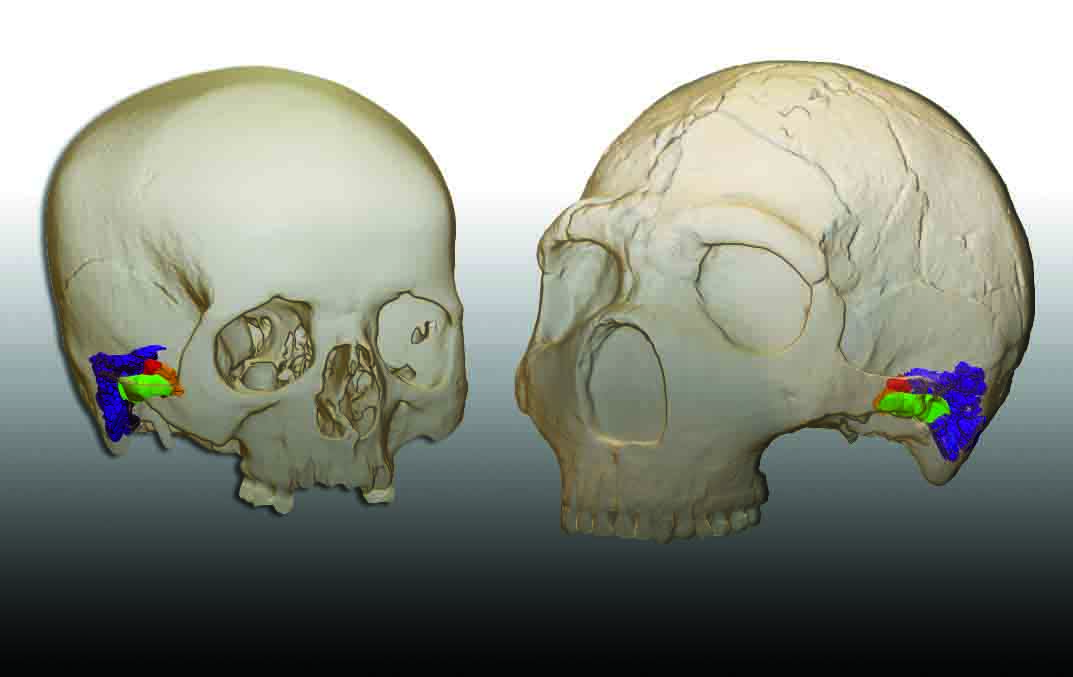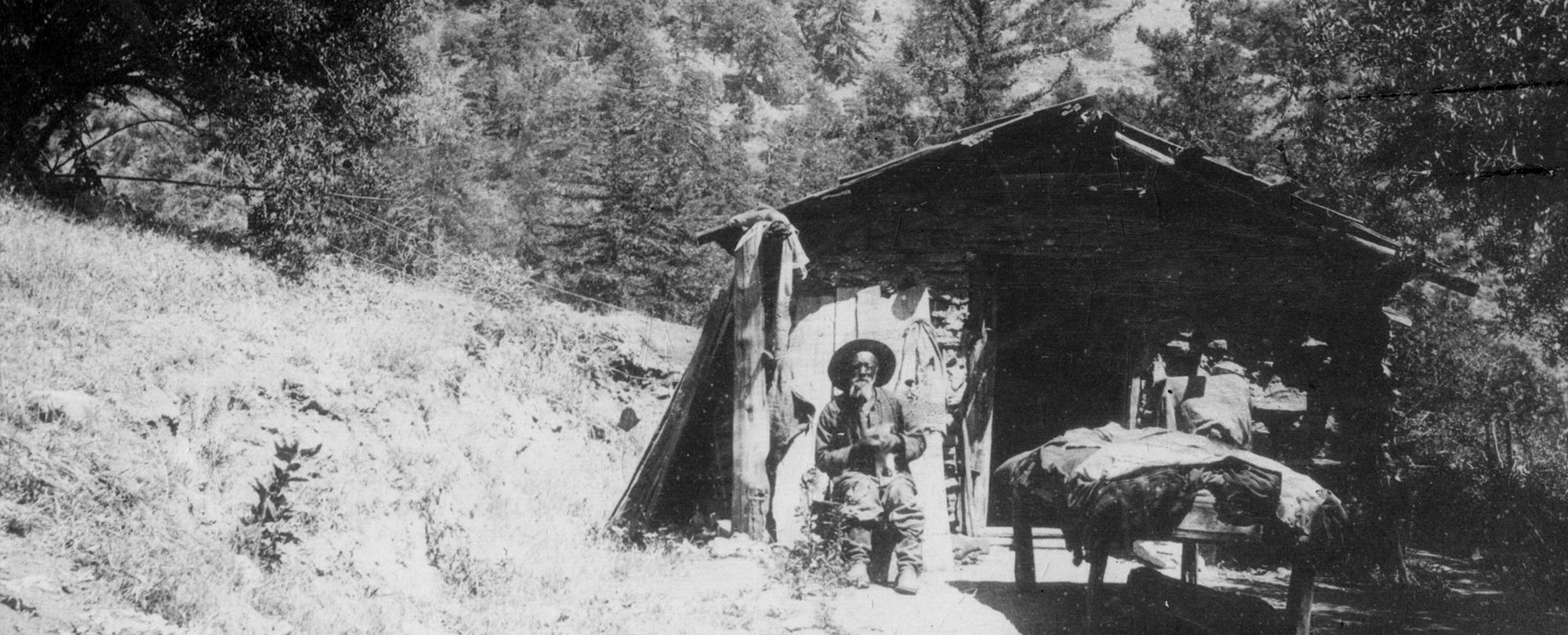
LEIPZIG, GERMANY—According to a Gizmodo report, two recent studies have provided new information on the mixing of early human groups in Europe. A team co-led by Kay Prüfer of the Max Planck Institute for the Science of Human History analyzed a genome obtained from a modern human skull discovered in the Czech Republic’s Konĕprusy Cave in the 1950s. Contamination of the skull with glue ruled out radiocarbon dating of the fossil. Genetic analysis showed that the skull belonged to a woman, and two to three percent of her genetic material had been inherited from Neanderthals. Prüfer and her colleagues say the length of the strands of Neanderthal DNA in her genome suggest she lived at least 2,000 years after her modern human and Neanderthal ancestors had last interbred. These DNA segments were also longer than those found in Siberia’s Ust’Ishim individual, whose remains have been dated to 45,000 years ago. The study also revealed the woman has no living decendants in Europe or Asia. “As far as we can tell, the population she belonged to did not contribute to present-day populations,” Prüfer explained. In the second study, researchers led by Mateja Hajdinjak of the Max Planck Institute of Evolutionary Anthropology analyzed DNA recovered from skeletons in Bulgaria’s Bacho Kiro Cave. All three of the 45,000-year-old individuals in the cave inherited from three to 3.8 percent of their DNA from Neanderthal ancestors, which suggests that the meeting and mixing of Neanderthals and modern humans occurred more frequently than previously thought. “Unlike what might be expected for ancient individuals in Europe, Bacho Kiro individuals are more closely related to human groups that contributed their genetic material to East Asians rather than West Eurasians,” Hajdinjak added. Read the original scholarly articles about this research in Nature Ecology & Evolution and Nature. For more on sequencing Neanderthal DNA, go to "Neanderthal Genome," one of ARCHAEOLOGY's Top 10 Discoveries of the Decade.










